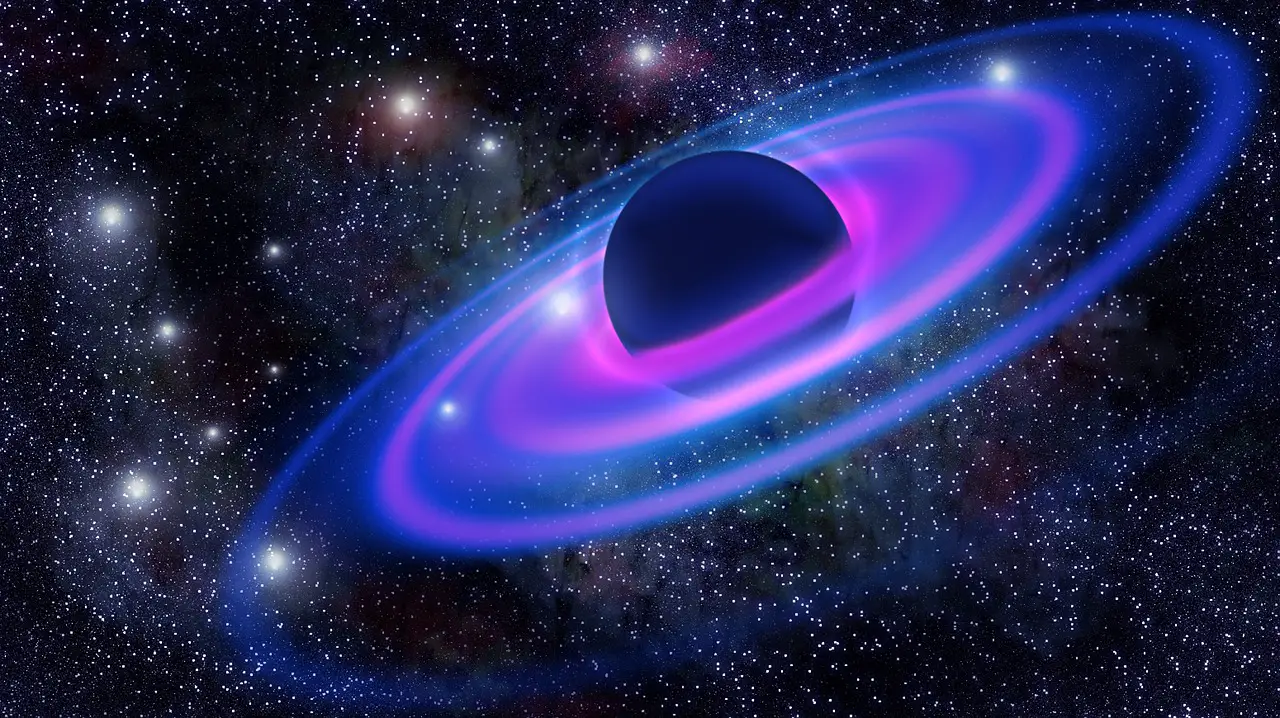For those who love space, one of the most magical aspects of the universe has to be that it came from chaos and emerged as this vast, beautiful web of stars, planets and other celestial bodies. But how did it happen? Today, we’ll take a look at one possible theory about how our universe emerged from chaos and became what it is today.
The birth of the universe
The universe emerged out of a singularity – an immensely hot and dense point, whose subsequent explosion created space itself and time. This act marked the birth of our universe and is what physicists call ‘the big bang.’ The term big bang is a bit misleading, however – it’s not as if everything exploded at once in some cataclysmic cosmic event that gave rise to matter as we know it today. Instead, scientists believe that there was a period of rapid expansion (inflation) immediately following the big bang, during which energy transformed into matter and radiation. It’s believed that inflation lasted only fractions of a second, but during those moments all sorts of particles were born – including quarks and leptons (found in protons and neutrons), photons (which make up light), gluons (which hold protons together)…and even dark matter! In fact, dark matter is thought to be one of the most abundant elements in existence; it makes up about 27% of all known matter and energy. Scientists have never directly observed dark matter because they don’t know exactly what it is or how much there is…but they do have a few theories about its origins.
The formation of galaxies
Two competing hypotheses have emerged in recent years to describe how our universe might have evolved to form galaxies. In one theory, known as Cold Dark Matter (CDM), dense concentrations of matter—i.e., galaxies—formed from a sea of otherwise featureless and uniform dark matter over time. On the other hand, some astronomers have suggested that interactions between ordinary particles might also account for galaxy formation. Theoretical physicist John Womersley has proposed an ingenious experiment to test these two theories by observing so-called Lyman alpha blobs — giant clouds of hydrogen gas located in intergalactic space. If CDM is correct, then these blobs should contain no signs of gravitational effects; if it is incorrect, however, then we should see evidence of gravitational lensing within them.
The formation of stars
A star is born from a chaotic cloud of gas and dust. As more mass compresses at its center, it becomes hot enough to sustain nuclear reactions (due to quantum tunneling). This causes an outward pressure that balances gravity, which allows a star to exist for billions of years. Eventually, these stars explode as supernovas. These supernovas create even more complex atoms than were originally available in space; some are elements not naturally created on Earth or anywhere else in our universe. The explosion also sends out shock waves that cause nearby clouds to collapse inward, eventually forming new stars. The cycle continues over millions and millions of years until we get all of today’s matter in our solar system. It’s an amazing process. Once you have a draft, look back through your post and answer these questions: Is there any information I can cut? Is there any information I can add? Would anyone be interested in reading something like this? Do my sentences flow together well? Can I use simpler language where possible? How long does my post need to be? Am I writing at my target level? Would anything be confusing to someone who doesn’t know about my subject already?
The creation of elements
The sun provides us with a continuous source of heat and light. The heat is enough to cause certain elements, hydrogen in particular, to fuse together. This reaction occurs only at extremely high temperatures so that hydrogen fuses with itself or with other nuclei (hydrogen atoms stripped of their electrons) into helium nuclei, releasing tremendous amounts of energy in a process known as nuclear fusion. Stars are therefore enormous reactors where all of our heavier elements are created. Elements up to iron are formed through stellar nucleosynthesis, but no element heavier than iron can be produced by stars. To create such heavy elements, a supernova must occur. A supernova is an explosion resulting from a massive star collapsing on itself under its own weight after exhausting its fuel supply; it then becomes what astronomers call a black hole—an object from which nothing can escape, not even light!
Evolution on Earth
First off, to understand our universe, we have to think about where we came from. As it turns out, all of life on Earth is a product of evolution, which began roughly 4 billion years ago with a single-celled organism and has continued to give rise to complexity ever since. We can trace our lineage through its ongoing triumphs: fish in the sea, birds in the sky and humans roaming around on land. So how did it happen? How did simple organisms become more complex ones? How did life emerge from nonlife? And what does that mean for us? In short, how did our universe emerge from chaos? Here’s what we know so far.
![]()
